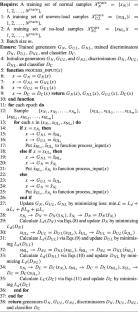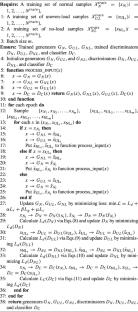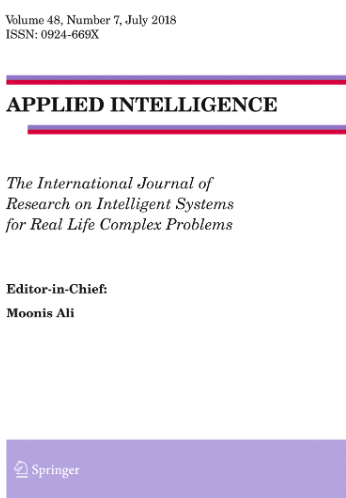GAN-CLC-DGSR: Generative adversarial network framework with contrastive learning classifier for simultaneous time series data generation and state recognition
Abstract
Accurate identification of abnormal states is crucial for the continuous stable operation of equipment and timely intervention. However, the scarcity of abnormal data leads to low recognition accuracy in traditional methods when handling the data imbalance problem. To address this issue, we propose a novel Generative Adversarial Network Framework with Contrastive Learning Classifier for Simultaneous Time Series Data Generation and State Recognition (GAN-CLC-DGSR). In this framework, the generator not only synthesizes realistic signals but also enables the conversion between different signal categories. In addition to the conventional discriminator used to distinguish real from fake data, we design a contrastive learning-based classification discriminator. This discriminator maps the time-domain and frequency-domain features of the signal to a unified space, capturing invariant characteristics of the signal. This aids the generator in producing samples with higher category distinguishability. The classification discriminator is also trained as a state recognizer. We conduct extensive experiments on the vibration screen dataset from a coal preparation plant, a bearing dataset, and an epilepsy dataset. The results demonstrate that the proposed method outperforms other comparative methods in both data generation and state recognition, and it exhibits strong generalization capability.



 求助内容:
求助内容: 应助结果提醒方式:
应助结果提醒方式:


